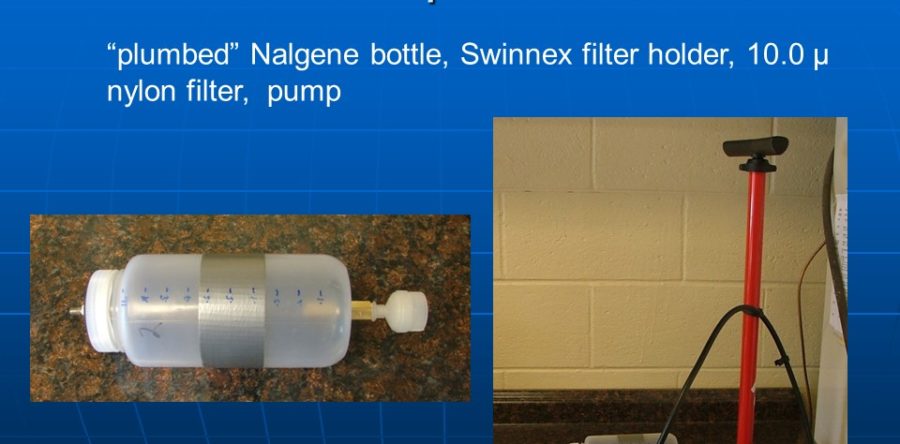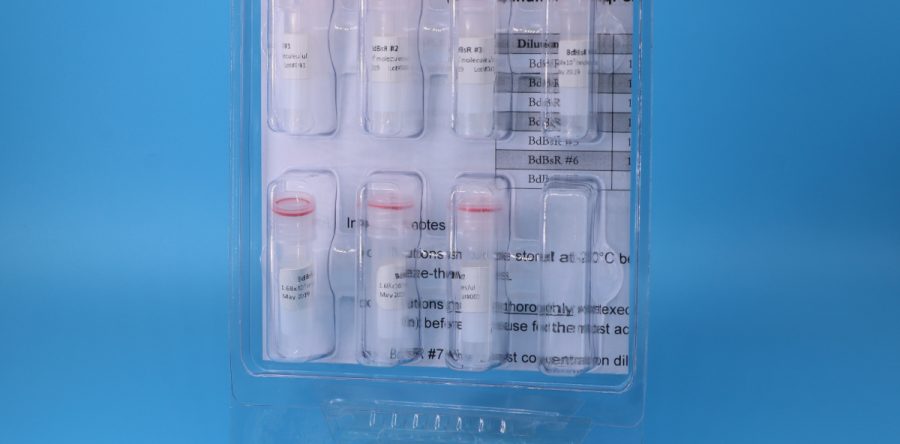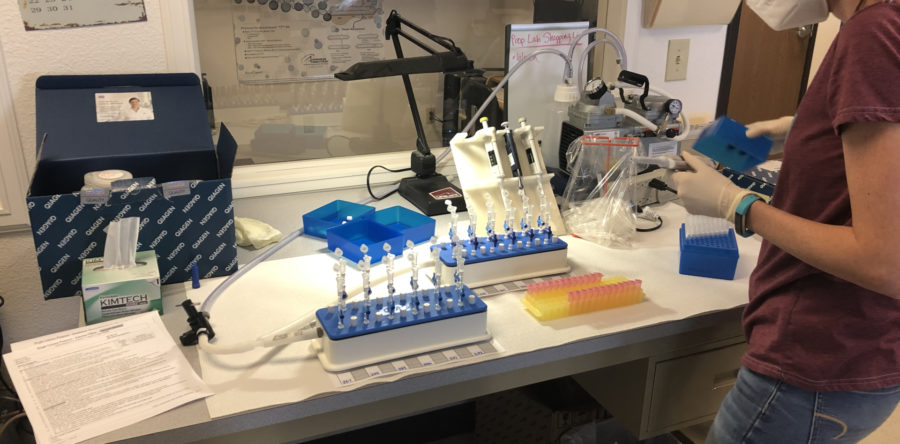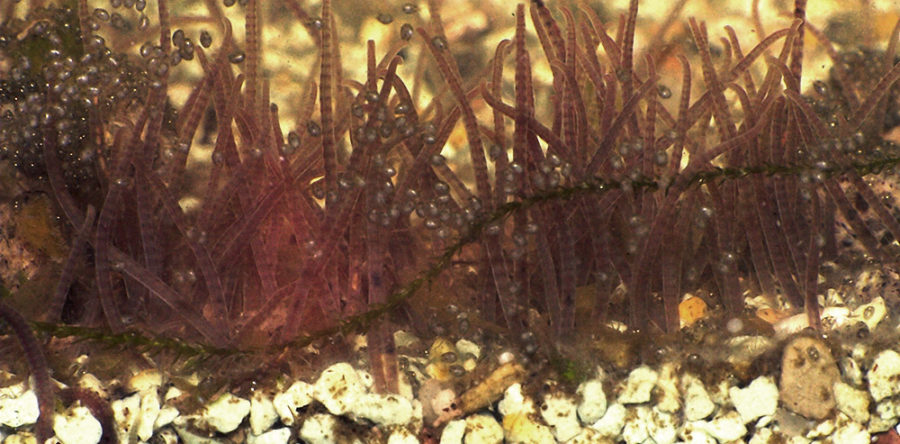While the basic requirements of environmental DNA (eDNA) sample collection are simple – pass water (or air) through a micron pore-size filter – a wide variety of apparatuses have been developed. Many of these are complicated (peristaltic pumps, filter funnels and flasks), heavy (rechargeable batteries), expensive (Smith-Root eDNA Sampler Backpack) and/or generate significant non-recyclable waste…
Read more
Environmental DNA sample collection




